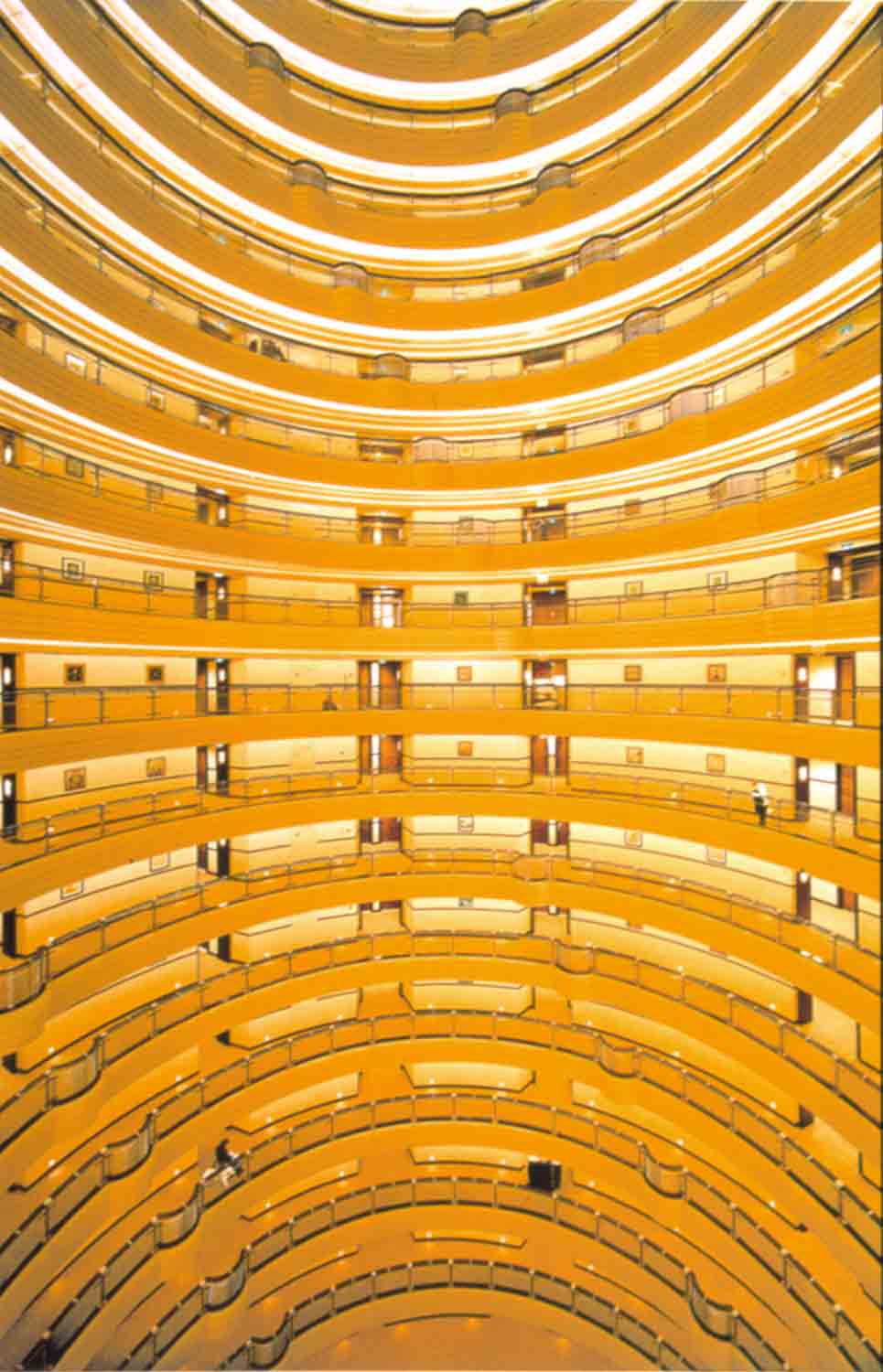
I came across a flurry of posts recently about the AQUINE system - a not terribly good acronym for Aesthetic Quality Inference Engine - which is supposed to give "intelligent, unbiased and instant assessment of photos".
It is described as a machine-learning based online system for computer-based prediction of aesthetic quality for colour natural(??) photographs and is also supposed to shows that computers can learn about and exhibit "emotional responses" to visual stimuli like humans do.
Unfortunately, however, it seems right now that the folks at Penn State seem to have based it on the "photo.net algorithm". If you compare its top rated photographs with the top rated on photo.net, it's pretty hard to tell them apart. Among other things, lots of overdone HDR will get your picture a good rating...

Bearing in mind that Ctein found at least one pretty substantial flaw in it - that if his linked photos had a frame they scored dramatically higher than if they didn't - I decided to through it few spin balls to see how it rated some of my favourite photographers. Which means for one thing I was throwing it a good few B&W images rather than colour.

As I had guessed, most didn't do too well - poor old Atget on got about a 5 for one 12 for another, and Egglston's tricycle got about the lowest at 4.7 (that should please a good few of the folks on APUG). Most were somewhere in the 30's or 40's - Walker Evans, Struth, Friedlander, Sugimoto. After that (yes, I know they aren't photographs exactly - well, photographs of paintings), I tried Picasso, Van Gogh - again, the poor things only scored around 20 or 30. Although Turner's 'The Fighting Temeraire' - voted the most popular painting in Britain got a 70.0.

The only three I did get with high scores were Sudek at 91.8 (not surprising when at his most romantic, plus it has a nice black frame) and, a little more unexpected, Andreas Gursky who got 85.8. Lynne Cohen also got 87.0 - but that one also had "nice" colours in it.

Now I wonder, as it is supposed to learn (and I have almost no understand of the computing aspects of this kind of artificial intelligence), that if a concerted effort was made to flood it with Eggleston, Struth, Parr, Graham etc etc photos, would it start to learn and become biased towards a sort of late 20th century New Color aesthetic instead?
But for now, if you want to work out where your work stands on a sort of 1980's Photo Club aesthetic scale, I think this is the place to go.
























